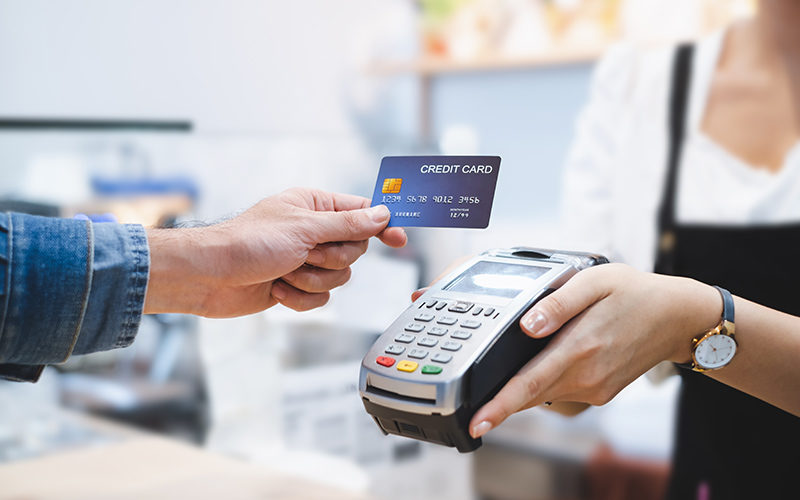
It might be challenging to determine just how much credit card bill you must pay each month to avoid interest charges because of all the various numbers and dates mentioned on your credit card statement. You can also be considering the best methods and timing for making credit card payments to raise your credit score.
We’re here to explain how much credit card bill you should pay and when, as well as to offer advice on how to manage your credit card payments every month.
- Interpret Your Credit Card Bill
We understand that examining your credit card bill payment may not be the most exciting thing you do every month, but it is the first step in establishing what you pay.
Here are some key points to keep in mind as you go through your statement. Remember that, while the names or layout of your credit card statement may vary slightly between credit card companies, each of the following parts will almost certainly exist on your statement.
- Payment Specifics
Understanding how much credit card bill you should pay and when you owe it is critical, so let’s start here:
- New/Current Balance: This is the entire amount you pay.
- Minimum Payment Due: The minimum amount you must pay before the due date, which may be a set sum or a percentage of the total (whichever is bigger). The actual amount will differ depending on the card.
- Payment Due Date: You will be charged a late fee if you do not make at least the minimum payment by the due date. Depending on how late you pay, it may be reported to a credit bureau, lowering your credit score.
- Late Payment Notice: This will notify you of the implications of failing to make at least the minimum payment by the due date. These might include a late payment charge or even an interest rate hike – ouch!
- Minimum Payment Warning: This describes how long it would take to pay off the current debt if you just paid the minimum payment, as well as how much interest you would pay throughout that period. Some people make the mistake of believing that this is the monthly payment they should make. Looking at the table in your statement will demonstrate why that is a terrible idea.
This tab will also show the sum and date that your bank account will be charged for these charges if you’ve enabled autopay on your account. You can send a check and the payment slip found at the bottom of the page if you do not have autopay set up. We provide further details on how to precisely pay your credit card bill later, including how to set up autopay.
- Account Overview
You will be provided with a detailed explanation of how your current balance was determined in this section. The new balance is calculated by starting with the amount from the previous month, deducting recent credit card bills and credits, and adding purchases, interest payments, and fees. The credit limit, available credit, cash advance limit, and days left in your payment cycle may also be shown in the account summary section.
- Original Charges
Given that it contains every transaction you made during this billing period, this is unquestionably the place you should spend the most time analyzing. Your subsequent credit card statement will reflect each transaction you make between one statement closure date and the following closing date. The date, retailer, and price are often included, but additional details like the store’s location or a category like “groceries” or “travel” may also be included.
Verify that you are familiar with all of the charges on your account by reviewing them as well. If there are any purchases you don’t recognize, your credit card may have been accessed without your knowledge. You might need to take urgent action to halt more fraudulent charges.
- Taxes for Interest and Fees
These two parts may appear individually, but they will indicate the total fees and interest paid year to date. If you pay off your credit card debt each month, you will not accrue interest. If you have a credit card with an annual charge, it should be included here. This billing period’s interest charge computation (if any) will also be included. This will be split down by account type as well as the applicable annual percentage rates.
- Account Specific Data
This section of your credit card bill will include standard legal disclosures, computation information, and error-handling instructions. You’ll also discover really valuable facts, such as how your payments are applied, data concerning credit bureau reporting, and how your balance is determined. This section will also offer contact information for your card issuer in case you have any concerns or queries.
Conclusion
We hope that this article has demonstrated the necessity of paying off your whole credit card bill payment on the due date rather than just the minimum payments. You can avoid interest payments entirely if you do this!
Making additional credit card bill payments in between billing cycles might also help you if you find yourself reaching the peak of your credit limit or if you just want to reduce your credit card loan.
Read also: What Is A Credit Card And How To Use It Effectively To Save Money









